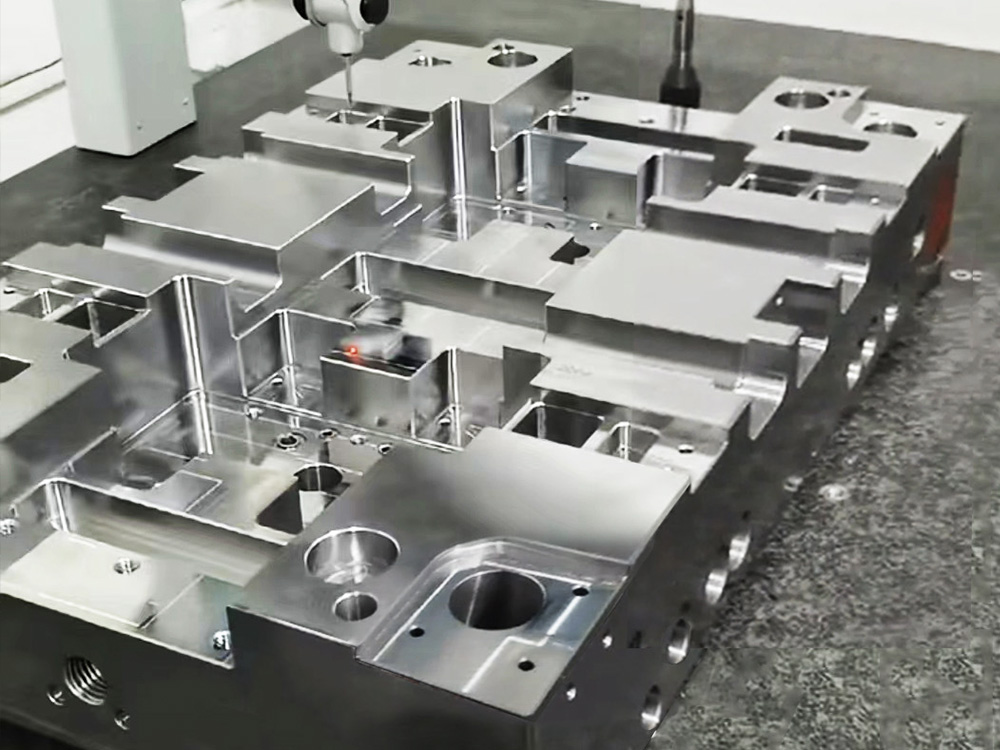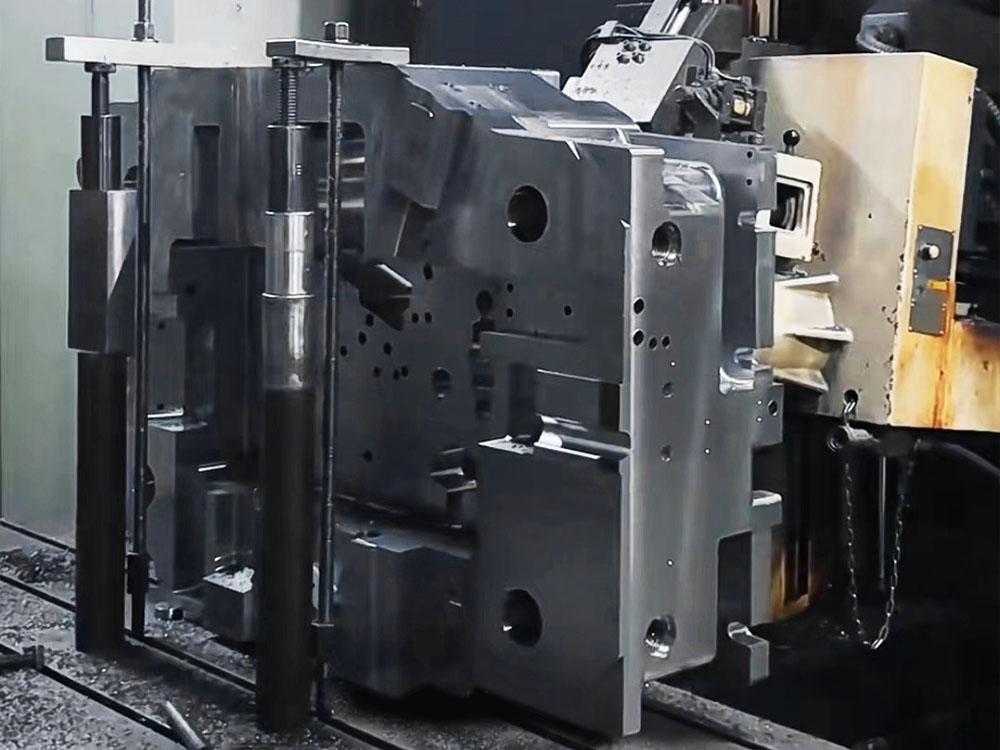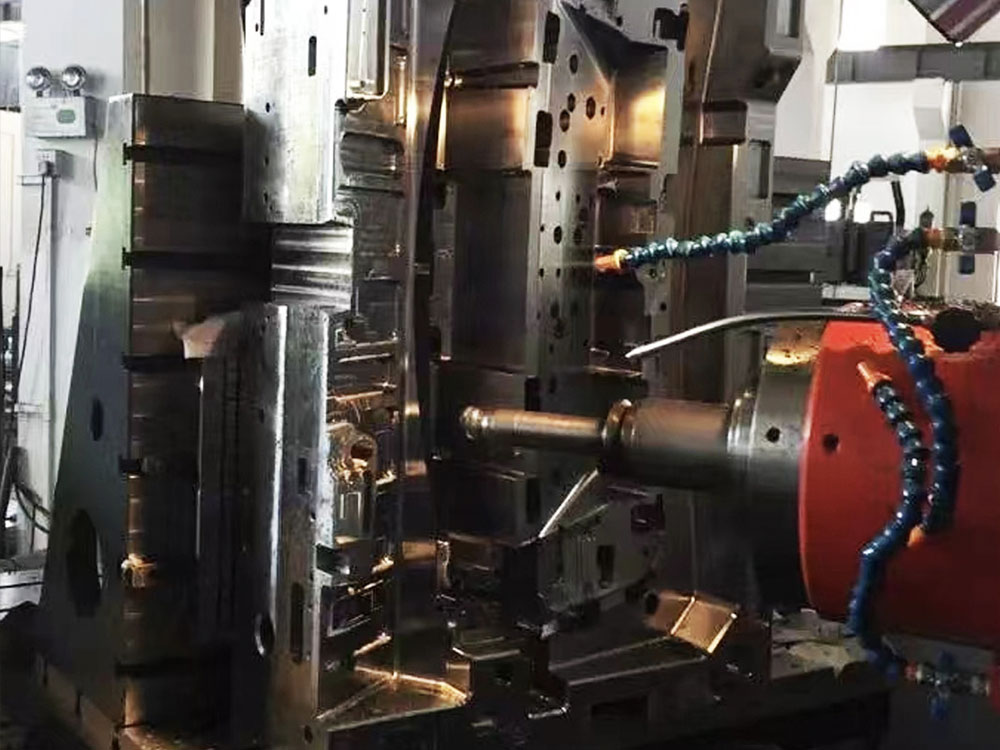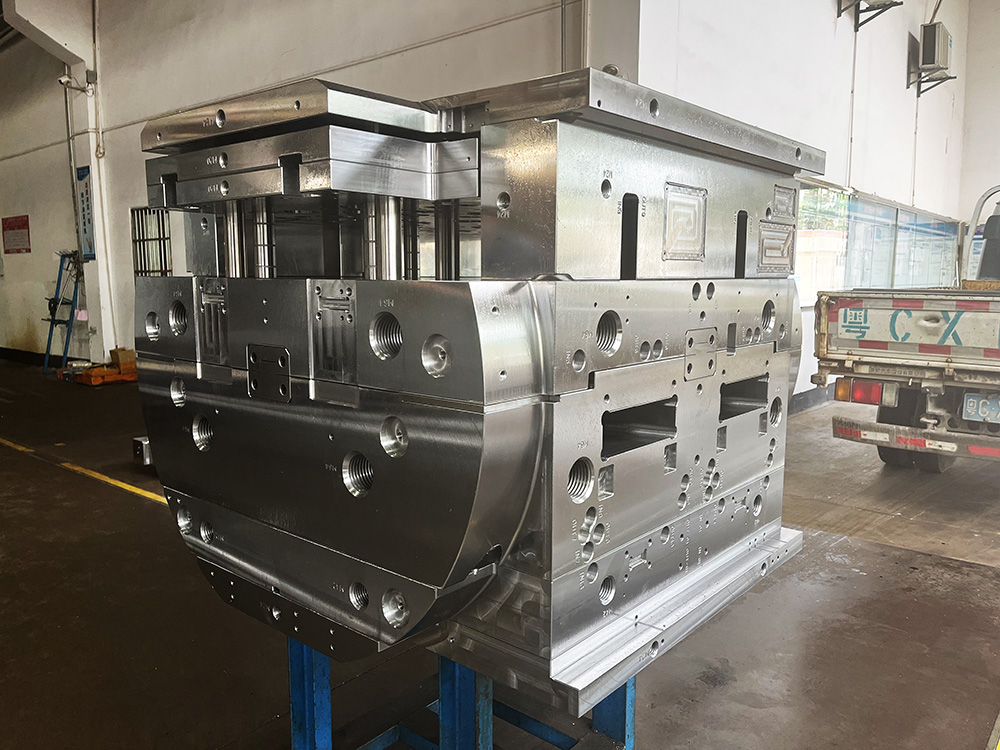How to Calculate the Height of Independent Column Support System
The independent column support system is a crucial element in mold base industry, providing stability and strength to the entire structure. Calculating the correct height of the support system is essential to ensure its effectiveness and safety. In this article, we will outline the step-by-step process of calculating the height of an independent column support system in a mold base.
Step 1: Determine Load Capacity
Before calculating the height of the support system, it is important to determine the load capacity that it needs to withstand. The load capacity is influenced by various factors such as the weight of the mold, the material being molded, and any additional equipment attached to the mold. Consulting the mold specifications and considering potential load variations will help to accurately determine the load capacity.
Step 2: Calculate the Maximum Deflection
The maximum deflection is the amount of bending or deformation that the support system can tolerate under the given load. It determines the maximum allowable height for the support system. To calculate the maximum deflection, you need to know the material properties of the support system, such as the modulus of elasticity and the moment of inertia. These properties can be obtained from material datasheets or through testing.
Step 3: Apply Structural Analysis
Structural analysis is necessary to assess the stresses and forces acting on the support system. By considering the load distribution, support configuration, and the material properties, structural analysis software or calculations can be used to determine the stress distribution and the resulting deformation. This analysis will help identify any potential weak points in the support system and ensure its structural integrity.
Step 4: Determine Required Height
Based on the load capacity, maximum deflection, and structural analysis, the required height of the support system can be determined. It is crucial to consider both the vertical and horizontal displacements caused by the load to accurately calculate the height. The required height should provide ample support and avoid excessive deflection that could compromise the stability of the mold base.
Step 5: Consider Safety Factors
In addition to the calculated height, it is essential to consider safety factors when determining the final height of the support system. Safety factors account for uncertainties and potential variations in load conditions. Depending on the industry standards and regulations, typical safety factors range from 1.5 to 2.5 times the calculated load capacity. Applying the appropriate safety factor will ensure a robust and reliable support system.
Step 6: Validate with Testing
To verify the accuracy of the calculated height, it is recommended to perform physical testing on the support system. Testing involves subjecting the support system to different loads and measuring its deflection. The measured deflection can then be compared to the calculated maximum deflection to validate the design. This step is crucial in ensuring the reliability and safety of the independent column support system.
In conclusion, calculating the height of the independent column support system in a mold base requires a systematic approach that includes determining load capacity, calculating maximum deflection, applying structural analysis, and considering safety factors. The process ensures a stable and robust support system that can withstand the expected load conditions. By following these steps and validating the design through testing, mold base manufacturers can build reliable and efficient support systems.




